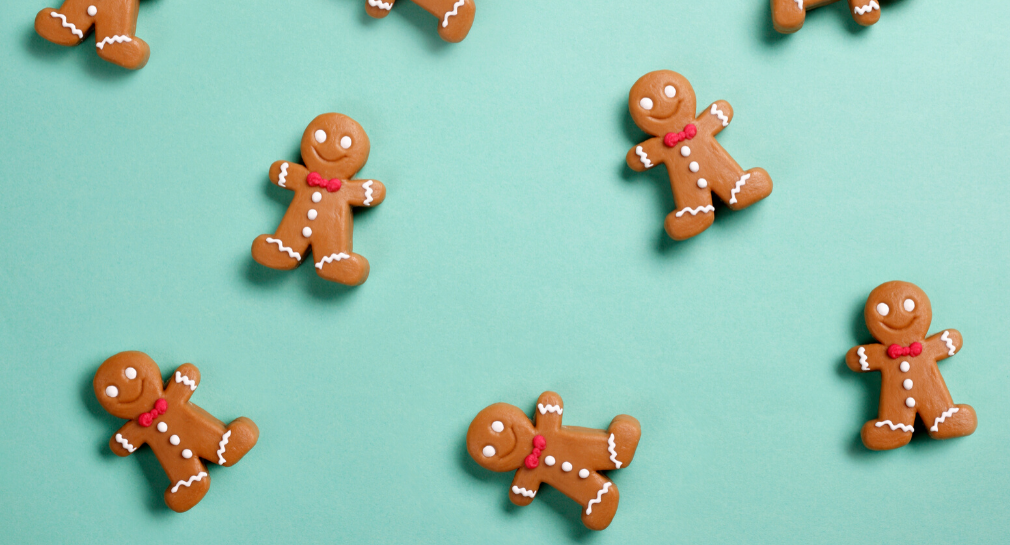This is a guest post contributed by Amanda Gilbert, RD.
Have you ever eaten a bowl of cereal, a few slices of toast, or a piece of fruit only to find yourself hungry an hour or two later? Take inventory of the foods you’re consuming that are causing hunger signals an hour or two before your next meal because you may be choosing naked carbs. We’ll take a look at what naked carbs are, why they can be problematic to some individuals, and how you can dress them up to create complete and satisfying meals and snacks.
What are carbohydrates?
First, let’s take a look at what a carbohydrates are. Carbohydrates are a macronutrient that include fibers, sugars, and starches. They are found in vegetables, fruits, grains, and dairy products. One gram of carbohydrate contains 4 calories and provides fuel for the brain and body. The primary role of carbohydrates is to provide your body with energy. Any excess consumed that is not used gets stored.
Carbohydrates are divided into two groups based on how quickly they are digested and absorbed: simple and complex.
- Simple carbohydrates contain one or two sugar molecules and are found in fruits, dairy, non-starchy vegetables, table sugars, and many processed foods and beverages. They are also found in sweet foods and drinks (candy, soda, syrups) yet provide little to no vitamins or minerals. The latter are “empty calories.”
- Complex carbohydrates contain three or more sugar molecules and are found in starchy vegetables, beans, legumes, and grains.
How are carbohydrates used in the body?
Simple carbohydrates, due to their simple structure of few sugar molecules, are quickly digested and absorbed in the bloodstream. As a result, blood sugar levels rise rapidly. If your blood sugar level is too high, your body will respond by releasing insulin to lower your blood sugar back to normal. This can be problematic if repeated over and over throughout the day. It becomes problematic when it is repeated day after day over a long period of time and can lead to insulin resistance.
Complex carbohydrates, which contain fiber and complex chains of multiple sugar molecules, are digested and absorbed much slower than simple carbohydrates. Various properties of fiber aid in slowing down the digestion of food as well as the absorption of nutrients, including glucose. The complex chains of sugar molecules takes additional energy and time to break down into individual sugar molecules so they can be absorbed. Therefore, they enter the bloodstream slowly. As a result of these two properties, complex carbohydrates allow a slow and steady release of energy that offers more sustainability.
What are “Naked Carbs”
Now that we know the differences in carbohydrates we will look at what exactly naked carbs are. Naked carbs are simple carbohydrates eaten without any other foods that aid in slowing down digestion. A few examples are toast with jam, cereal with fat-free milk, a piece or bowl of fruit, crackers or chips, and a glass of fruit juice. These all contain carbohydrates in their simplest forms, otherwise known as simple carbohydrates or “naked carbs”.
As we learned above, simple carbohydrates are quickly digested and absorbed in the bloodstream. Since they are rapidly digested by the body, eating “naked carbs” leads to spikes and drops in blood sugar levels. This drop triggers the body to seek more food that will elevate blood sugar again. This cycle of energy bursts from simple, “naked” carbs can cause feelings of ongoing hunger and cravings. Studies show that if not managed properly, meals and snacks that cause blood sugar fluctuations can lead to more problematic health concerns.
Dressing up naked carbs
So, how do we dress up naked carbs? We dress them up by choosing fiber-rich carbohydrates and adding a bit of fat and/or protein. Fat and protein are more complex structures that require more energy and time to digest. Fiber naturally slows down digestion and absorption of all nutrients. A review of various studies in satiety research lists multiple factors impacting satiety, one being the macronutrient composition of meals. When protein (most satiating) and/or fat are paired with simple/naked carbohydrates they slow down the digestion of the sugar molecules, thus providing a slower release of energy and a longer period of satiation.
A few examples include:
- Apple (with skin) and hard-boiled egg
- Crackers with salami and cheese
- Whole grain toast with peanut butter
- Turkey sandwich with extra meat
- Whole grain cereal topped with nuts and shredded coconut
Serving sizes will vary based on your calorie needs. Also, be mindful of the added foods as those will impact your daily caloric intake. With greater satiety, subsequent meals can be adjusted to meet your daily calorie needs.
The Bottom Line
Eating naked carbs without including protein, fat, or fiber can cause blood sugar spikes and dips which will leave your body craving another energy boost and most likely in the form of more simple carbohydrates. Use the tips here to prevent these fluctuations and get control over your hunger and cravings.
Staying on Track
Regardless of your dietary style, knowing how carbohydrates are digested and utilized in the body will help you build meals and snacks that allow you to meet your nutrition goals. Go ahead, “dress up your naked carbs” for more satiating and satisfying meals and snacks. Use your Lose It! app to see if you are on the right track with your daily nutrition needs while staying satisfied throughout the day. Check in with your hunger and cravings and take an inventory of what you are eating (another great way to use Lose It!) to determine if a particular food may be triggering your hunger. These few steps can not only help you manage your hunger but also maintain a healthy blood sugar level throughout your day.

